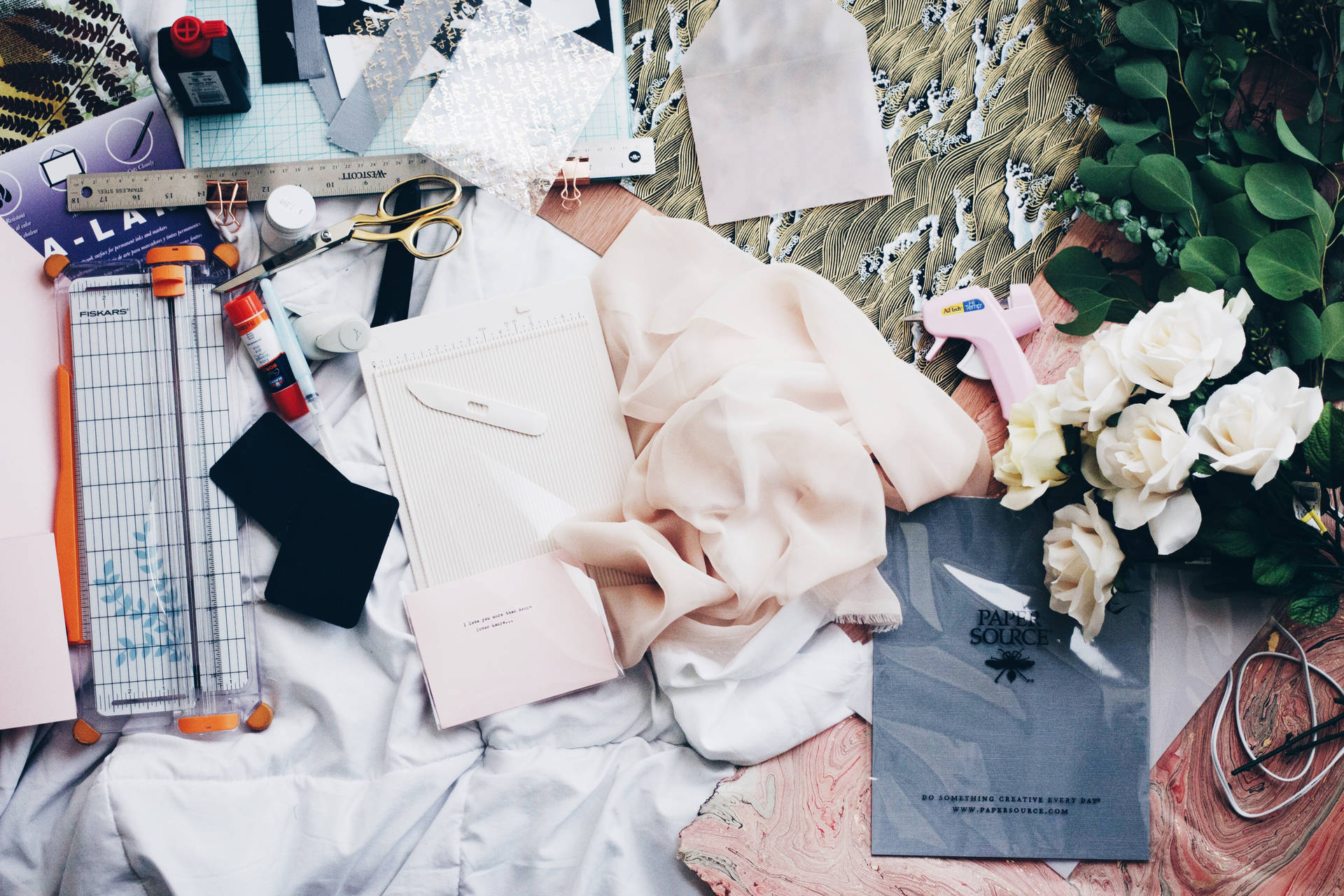Introduction
In a world overflowing with trophies for the fastest runner, the most skilled chef, or the cleverest mathematician, there exists a rather curious corner of the awards universe—one that celebrates the unusual, the unexpected, and sometimes, the downright jaw-dropping. Enter Unusual award n.13: extreme gluteal proportions in African woman, a title that sounds like it stepped straight out of a headline that could make you blink twice.
This is not just about body measurements. It’s a story drenched in cultural pride, genetics, individuality, and a dash of playful spectacle. The award has been whispered about in lively African markets, chuckled over at family gatherings, and dissected by academics who see it as more than just a “physical prize.” It’s a blend of history, aesthetics, and a touch of sass.
So, what exactly makes this award so unusual—and why does it spark so much curiosity? Let’s dig into it, from its quirky origins to its modern-day cultural impact.
The Origins: When Celebration Meets Curiosity
While nobody can pinpoint the exact date when the first Unusual award n.13: extreme gluteal proportions in African woman was handed out, folklore suggests it began in rural gatherings where storytelling, dancing, and friendly competitions were staples of community life.
In many African cultures, especially among groups where steatopygia (the accumulation of significant fat in the buttocks) is more prevalent, full and rounded hips have been admired for generations. These physical traits weren’t just seen as attractive—they were considered indicators of fertility, health, and wealth.
What started as a lighthearted “acknowledgment” in local festivities eventually evolved into something more structured. It became an annual event, complete with judging panels, community feasts, and a dazzling stage.
Cultural Significance: More Than Meets the Eye
It’s tempting to think this award is all about size. But here’s the twist: in many African traditions, body shape carries layers of meaning.
-
Symbol of abundance: A curvaceous form could represent a family’s ability to provide well, ensuring health and nourishment.
-
Marker of heritage: Certain genetic traits passed down through generations make these proportions more common in some ethnic groups.
-
Aesthetic preference: Just as different cultures prize different features, many African communities see fuller hips and buttocks as the pinnacle of beauty.
It’s a kind of beauty standard that runs counter to the Western obsession with slim silhouettes, making it both a celebration of difference and a quiet act of cultural defiance.
The Modern-Day Pageant
Today, Unusual award n.13 has leapt beyond dusty village squares. Social media has turbocharged it into an internet sensation. The event’s coverage has gone viral more than once, attracting both admiration and cheeky commentary.
Here’s what typically happens during the celebration:
-
Registration & Storytelling: Contestants not only present their physical attributes but share personal stories—highlighting heritage, lifestyle, and community impact.
-
Cultural Showcase: Traditional dances, music, and dress amplify the event’s roots.
-
Judging: A panel—often a mix of elders, cultural experts, and local celebrities—scores participants on proportion, poise, and presence.
-
Coronation: The winner receives not just a trophy but community honors, sometimes including gifts like livestock or clothing.
When Tradition Meets Internet Memes
In the digital age, it’s impossible for something this visually striking not to attract meme-makers. While some of the jokes can be crude, many are shared in a lighthearted spirit. However, the event’s organizers have been keen to balance humor with respect, making sure the award remains rooted in dignity rather than objectification.
The Science Behind Extreme Gluteal Proportions
It’s easy to label this as purely “genetics,” but science paints a richer picture.
-
Steatopygia in Anthropology: Anthropologists have long studied how certain populations—particularly in southern Africa—develop these traits as evolutionary adaptations.
-
Health and Function: Extra fat stored in the gluteal area can be a form of energy reserve, historically advantageous during periods of scarcity.
-
Hormonal Influence: Estrogen patterns during puberty influence fat distribution, often accentuating hips and buttocks.
In other words, the “extreme” aspect is a blend of inherited traits, environmental influences, and biological function.
Controversies and Conversations
No unusual award would be complete without a side of controversy, and Unusual award n.13: extreme gluteal proportions in African woman is no exception.
Common debates include:
-
Is it empowering or objectifying? Some see it as body positivity in action, while others worry it reduces women to physical measurements.
-
Should beauty competitions be redefined? In a world fighting for gender equality, should awards celebrate body shape at all?
-
Does it stereotype African women? Critics fear it might cement narrow perceptions of African femininity.
Organizers often respond by emphasizing cultural heritage, contestant agency, and the event’s celebratory rather than exploitative tone.
The Personal Stories That Make It Human
Perhaps the most compelling part of the award is hearing from past winners.
Take Masego, a farmer’s daughter from Botswana, who recalls initially feeling shy about her figure. Winning the award didn’t just bring her local fame—it helped her launch a small business selling traditional clothing, inspired by the designs she wore at the competition.
Or Amahle, from South Africa, who used her platform to speak about healthy living and debunk myths about diet and body shape in her community.
These stories remind us that beneath the spectacle lies a web of real human experiences—confidence found, voices amplified, and traditions reinterpreted for modern times.
Why It Captivates the World
It’s not just Africans who are intrigued. In an age when global beauty standards are shifting, the award offers a refreshing break from homogenized ideals.
-
Visual impact: Let’s face it—images from the event are instantly memorable.
-
Cultural education: Viewers learn about customs they may never have encountered otherwise.
-
Conversations on diversity: It sparks debates about how beauty is defined in different societies.
Tips for Covering Unusual Awards with Respect
If you’re a journalist, blogger, or even a casual poster, here’s how to approach sensitive yet fascinating cultural topics like this:
-
Research before sharing: Understand the tradition and meaning behind the event.
-
Avoid stereotypes: Focus on individuality, not just physical traits.
-
Highlight personal stories: They humanize the topic and prevent objectification.
-
Use respectful language: Humor can be fine, but never at the expense of dignity.
FAQs
Q: Is the Unusual award n.13 a real event or a symbolic title?
A: It’s both—rooted in real gatherings and pageants, but it has also taken on a symbolic life online.
Q: Does it only happen in one country?
A: No, variations of it exist in different African communities, though the style and scale differ.
Q: Is it harmful to promote such awards?
A: It depends on execution. When rooted in cultural respect and contestant choice, it can be empowering.
Q: How are participants chosen?
A: Often through community nomination or open registration, followed by a selection process.
Conclusion
Unusual award n.13: extreme gluteal proportions in African woman may sound like the kind of headline designed to make you spit out your coffee, but its layers run deep. It’s a celebration of cultural heritage, an acknowledgment of genetic diversity, and—at its best—a joyful embrace of body positivity.
It’s not without its critics, and the debates it sparks are as important as the event itself. But whether you see it as an eccentric pageant, a cultural preservation effort, or a global conversation starter, one thing is certain: it challenges the way we think about beauty, identity, and celebration.
And maybe that’s exactly what an “unusual award” should do.







